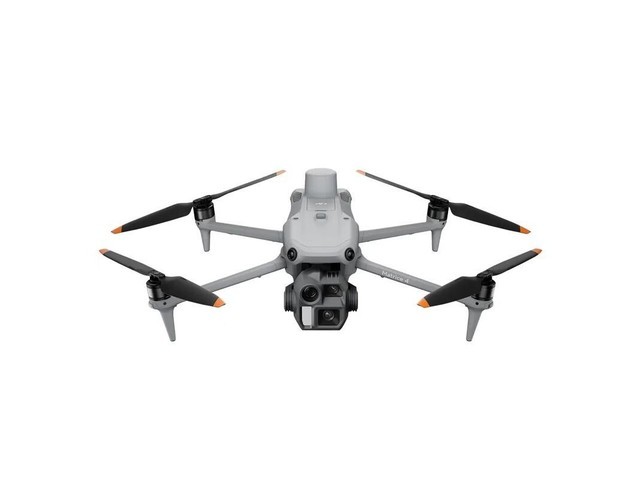The advent of government drones has revolutionized modern governance, offering unparalleled capabilities in surveillance, logistics, and data collection. As technology continually evolves, these drones have become integral in improving efficiency and enhancing security across various sectors. Many governments worldwide are investing in drone technology to streamline operations, from emergency response to environmental monitoring, making it a crucial tool in public administration.
The Rise of Drones in Government

One significant advantage of government drones is their ability to access hard-to-reach areas, thereby aiding in disaster management and rescue missions. During natural calamities, drones equipped with thermal cameras can locate survivors and assess damage swiftly. Their unique aerial perspective is invaluable in situations where traditional methods fall short. Governments can deploy drones for border surveillance, ensuring national security without infringing on privacy rights.
Technological Innovations
Recent innovations in drone technology have enhanced their functionality multifold. Integration with AI and machine learning has enabled drones to perform complex tasks autonomously, making them pivotal in government operations. Furthermore, advancements in drone hardware and software have improved battery life and flight range, allowing extensive coverage without frequent human intervention. The use of drones for geospatial analysis offers precise data for urban planning and environmental conservation projects, contributing to sustainable development.
Challenges Faced by Government Drones
Despite these advancements, the deployment of drones in government operations is not without challenges. Privacy concerns remain a significant hurdle; the ability of drones to capture detailed images raises issues regarding citizens’ privacy rights. Legislation needs to evolve alongside technology to ensure ethical deployment. Additionally, cybersecurity threats pose potential risks, with drones vulnerable to hacking and interference. Governments must invest in robust security frameworks to safeguard their drone networks.
Regulatory and Ethical Concerns
To address privacy and ethical issues, governments must develop comprehensive regulations that balance innovation with public interest. Transparency in drone usage is crucial; citizens must be informed about when and how drones are employed. Establishing clear guidelines will help mitigate fears and build trust among the public while maximizing drone benefits. Collaboration with technology experts can facilitate better policy-making, ensuring the safe integration of drones into society.
Future Prospects
Looking ahead, the role of drones in government is expected to expand further. Emerging technologies like quantum computing and blockchain may offer secure and efficient solutions to current challenges, enabling smoother operations. As public awareness grows, drones could transform everyday government activities, from resource management to infrastructure development. Research and development in this area promise to uncover potentialities that could redefine the landscape of public administration. Ensuring ethical standards and security protocols will be key in harnessing the full potential of this technology.
FAQs
What are the applications of government drones?
Government drones are used for various applications such as disaster management, surveillance, logistics, and environmental monitoring. They provide efficient solutions to access hard-to-reach areas and gather important data.
How do government drones ensure privacy?
Privacy issues are addressed through comprehensive regulations that dictate the ethical use of drones. Transparent policies and clear guidelines help maintain the balance between operational efficiency and citizens’ rights.
What are the security concerns with government drones?
Government drones face cybersecurity threats, including potential hacking and interference. Governments must implement robust security measures and collaborate with tech experts to secure drone networks effectively.